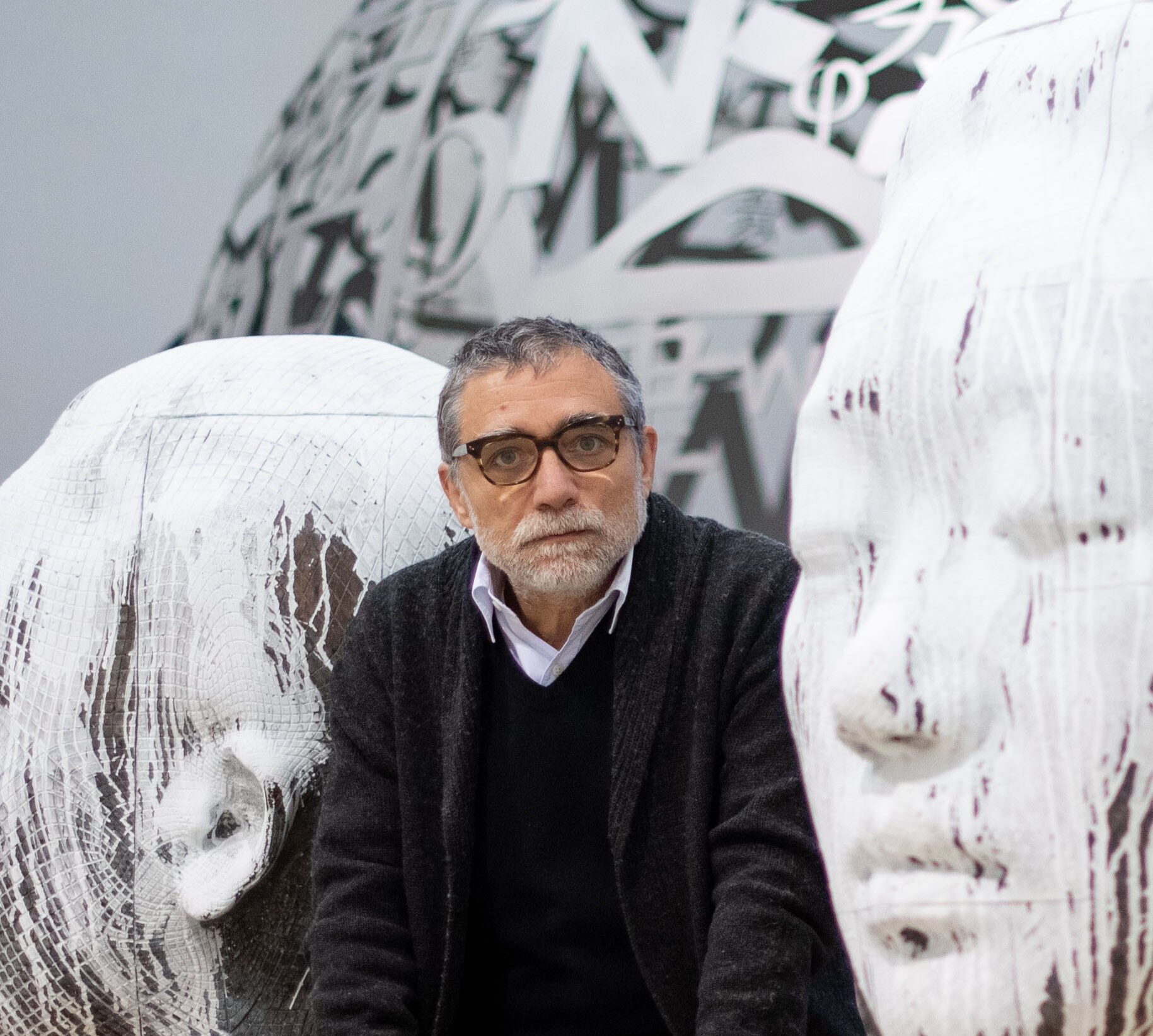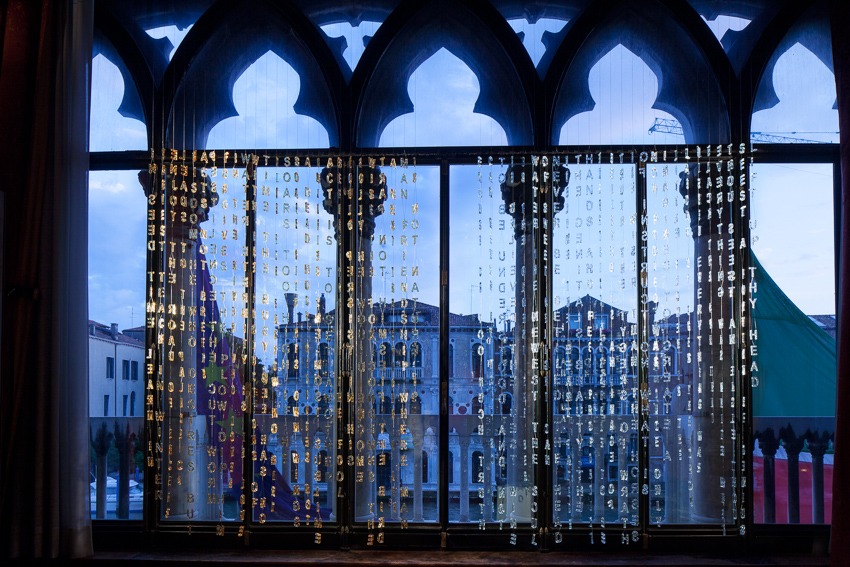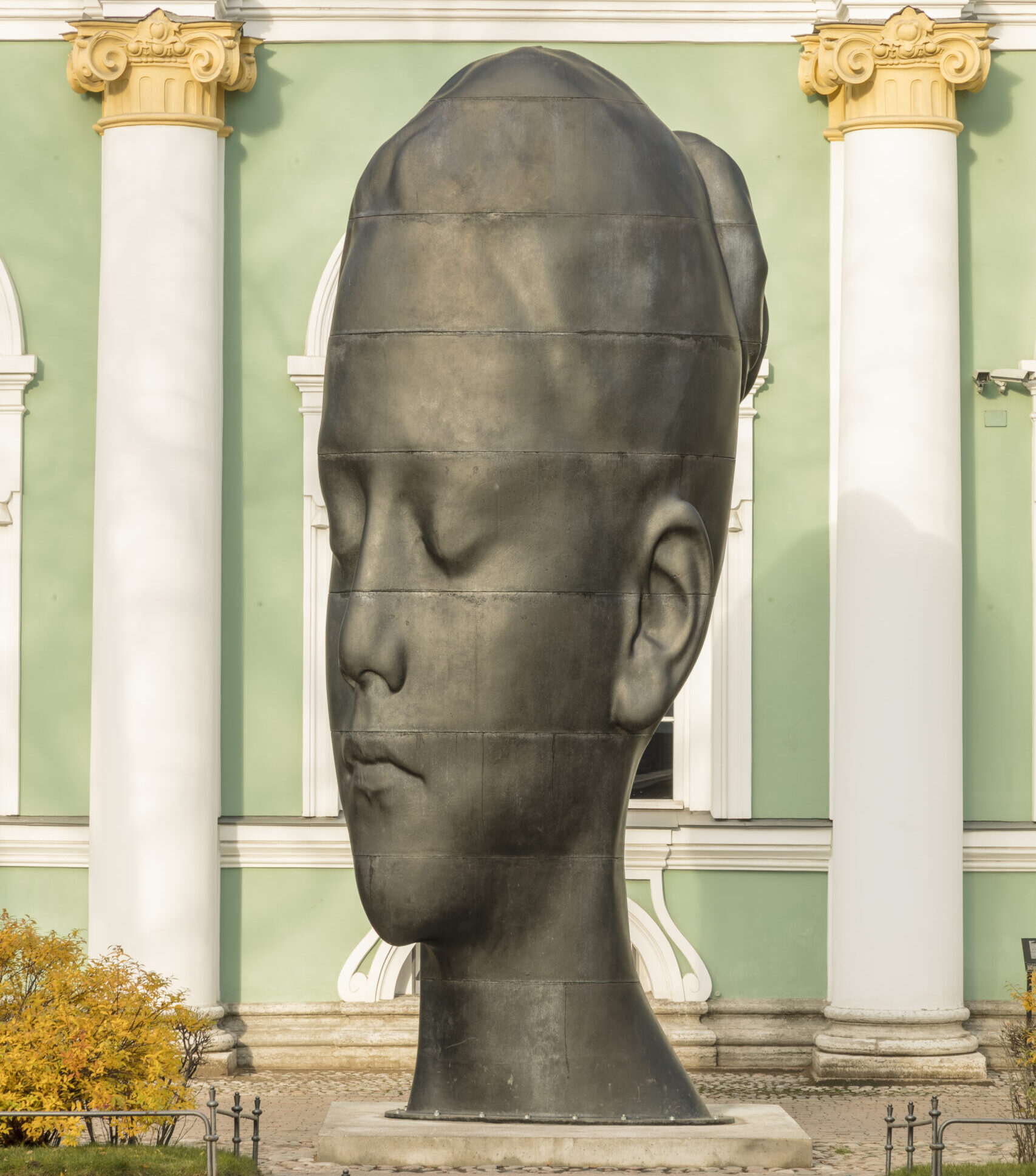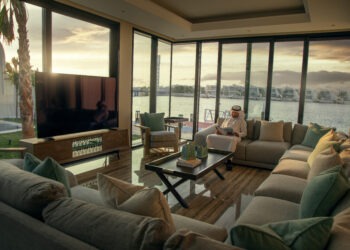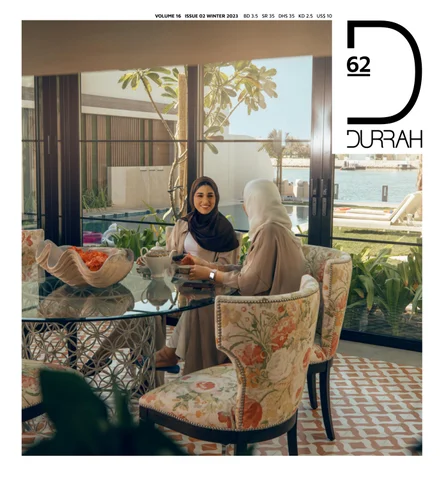Amidst the towering skyscrapers of Manhattan, a serene face emerges from a sea of gray. An ivory resin head, soaring 24 meters above Newport Pier Park, stands as a distinctive presence across from downtown Manhattan. Crafted in 2020 by the acclaimed Spanish artist Jaume Plensa, this monumental sculpture titled ‘Water’s Soul’ remains one of his most expansive public works to date.
“The contemporary artworks vary in materials, including “fiberglass, steel, stone, marble,” offering an artful and environmentally friendly experience.”
During its unveiling, the artist remarked that the project asks for silence, urging observers to heed the profound voice of the water. Water, as the source of life, becomes a celebratory motif in “Water’s Soul.” Just a year later, Plensa recreated the sculpture in glass on a smaller, more intimate scale, collaborating with the skilled technicians of Berengo Studio in Murano. Known for playing with dimensions, Plensa’s public sculptures dot various global locations, embracing democratic spaces and fostering dialogue with unrestricted audiences.
The shift to glass marked a more intimate scale for the artist, partly driven by practical considerations – crafting an 80-foot sculpture in this delicate material posed significant challenges. Collaborating with Berengo Studio, Plensa explored various styles, from clear cristallo glass to milk- white lattimo glass and dark opaque black glass. A survey of his explorations reveals that the medium played a pivotal role in his broader inquiries into the human condition.
Plensa’s association with Murano dates back to 2010, and his glass artworks, in collaboration with Berengo Studio, have graced numerous exhibitions. From the banks of the Grand Canal in Palazzo Franchetti during the Venice Biennale in 2013 to the gardens of the State Hermitage Museum in Russia in 2019, the Fondazione Berengo has played a crucial role in supporting the installation of Plensa’s grand public sculptures worldwide.
In the 2013 Glasstress exhibition, Plensa presented a poetic hanging sculpture, utilizing letters from William Blake’s poetry to create an impactful installation. Subsequently, in 2015, he ventured into translating his classic portrait busts into glass, exemplified by a large head in dark opaque glass titled “Duna.” However, Plensa found a new dimension in reducing the scale of his work.
Among his initial works with Berengo was a cast of his wife’s hands in clear cristallo glass, referred to as “Laura’s Hands” (2011). Despite seeming a departure from his usual themes, this artwork highlights the significance of hands in Plensa’s oeuvre, emphasizing their role in silent communication. In the 2019 Glasstress exhibition, he crafted a triptych of heads titled “See no evil, hear no evil, speak no evil,” each featuring dislocated hands acting out one of the commands. While lacking the grandeur of his larger sculptures, these smaller pieces create a distinct impact. The white lattimo glass mimics white marble, echoing the artist’s larger resin sculptures, creating the illusion that they share a common origin. As Plensa once noted, a piece can have a spiritual as well as a physical scale, and this sentiment resonates in his glass works – physically smaller, yet their influence expands in memory, leaving a lasting impact.









